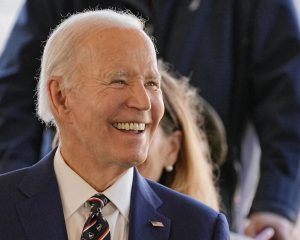SpaceX launches Crew-9 astronauts from upgraded Florida pad to return Boeing Starliner crew home

A unique SpaceX mission is underway.
A Falcon 9 rocket lifted off from Space Launch Complex-40 (SLC-40) at Florida’s Cape Canaveral Space Force Station today (Sept. 28) at 1:17 p.m. EDT (1717 GMT), kicking off the Crew-9 astronaut mission to the International Space Station (ISS) for NASA.
“That was a sweet ride,” NASA astronaut Nick Hague, Crew-9’s commander, radioed SpaceX’s launch control after reaching orbit with crewmate Alexandr Gorbunov of Russia. The astronauts are will arrive at the ISS on Sunday, Sept. 29. You can follow the mission with our SpaceX mission live update page.
It was the first-ever astronaut launch from SLC-40 — SpaceX’s first Florida launch pad, which has seen many uncrewed launches over the years. SpaceX and NASA spent two years upgrading the pad with a new crew launch tower, access arm and emergency escape slide to prepare it for astronaut flights.
The Falcon 9 rocket and Dragon capsule on the Crew-9 flight, however, weren’t new. SpaceX previously used the Falcon 9 rocket’s first stage to launch an uncrewed Starlink mission. ABout 8 minutes after launch, the booster returned to Earth to land smoothly at SpaceX’s Landing Zone 1 at Cape Canaveral Space Force Station. The Dragon capsule has flown three other missions to the ISS: NASA’s Crew-4 flight and two commercial trips for Axiom Space, Ax-2 and Ax-3.
The new launch pad isn’t the only novelty to Crew-9. The mission’s Dragon capsule, named Freedom, is ferrying just two people to the ISS instead of the usual four. Freedom is saving two seats for Crew-9’s trip back down to Earth in February, because two NASA astronauts already up there need a ride home.
Those two spaceflyers are Butch Wilmore and Suni Williams, who arrived at the ISS in June on the first crewed mission of Boeing’s Starliner capsule. Their groundbreaking flight was supposed to last just 10 days or so; however, Starliner suffered thruster issues in orbit, so NASA kept extending the mission to figure out how to deal with the anomaly.
Eventually, the agency decided to bring Starliner home uncrewed, which occurred without incident on Sept. 7.


